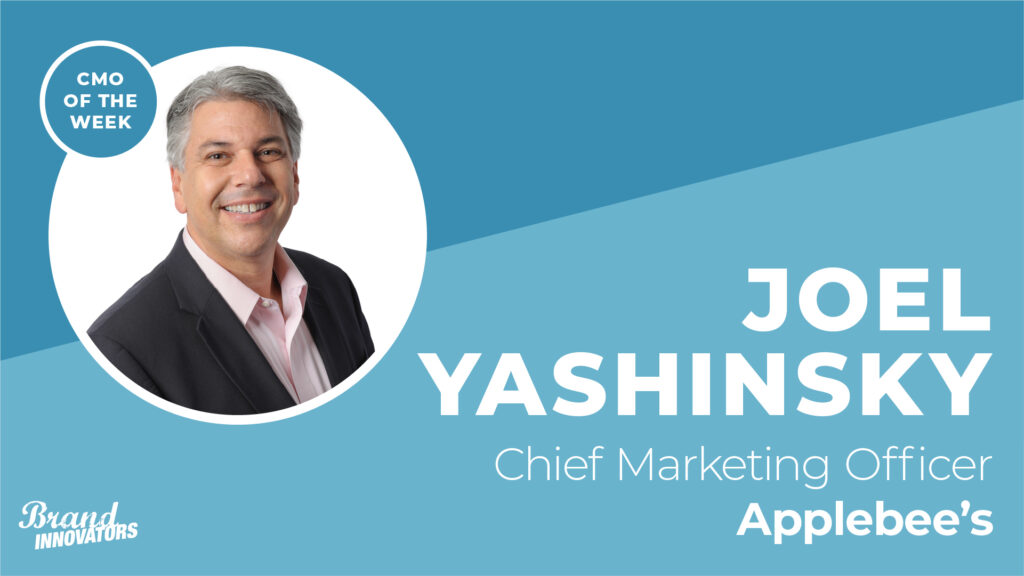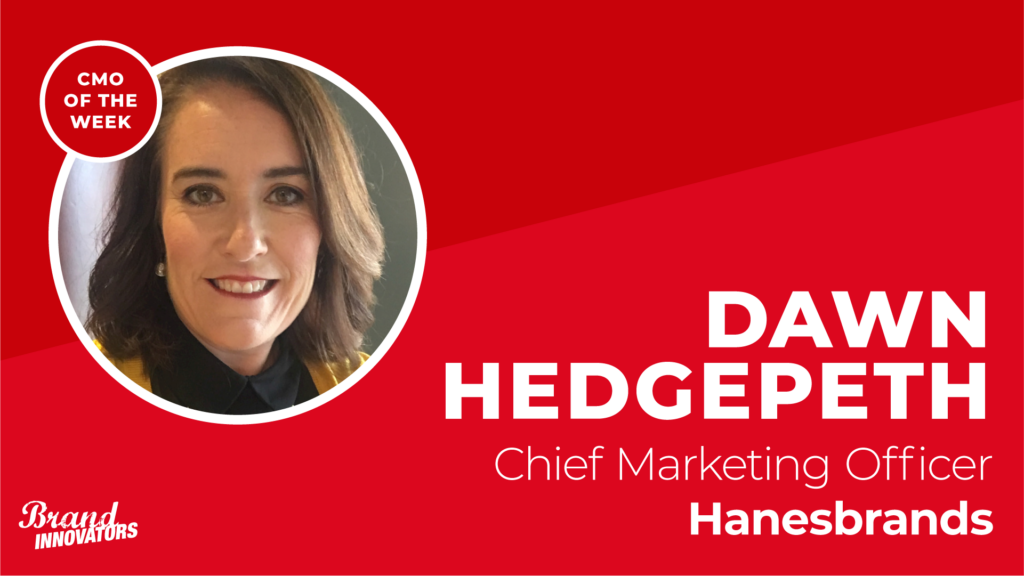Micky Onvural has never worked in the same industry twice –with experience in food, technology, beauty and most recently in men’s apparel, where she rose the ranks from CMO to CEO of Bonobos. Onvural joined financial services brand TIAA in January 2022 as chief marketing officer for a new challenge: to help transform the heritage brand for a new generation.
TIAA was founded 105 years ago by Andrew Carnegie to support educators and their communities for retirement. The idea being, if you take care of educators who take care of the community, then it will have positive ripple effects into the community. TIAA aims to continue that mission, and bring it to more people, at a time when many Americans are not prepared for retirement.
According to TIAA, 40% of Americans won’t have enough to retire. This disproportionately affects 54% of Black Americans. “This is a crisis for this country because that lack of security has an impact on the people retiring, as well as their families and communities,” says Onvural. “Our brand transformation starts with owning the narrative that we have this role to play in solving the crisis in this country in our core higher education space, but branching out of that and really securing the future of millions more Americans who are operating in different industries.”
To tell that story, the brand has dusted off the stodgy old approach of a financial services company and is showing up in the most unlikely places including New York Fashion Week and through partnerships with women’s soccer star Abby Wambach.
“As we continue to think about growing our business, we need to think of ever more impactful ways to have people engage with us and with their retirement and with their future,” reflects Onvural. “We are fighting for the security of millions of Americans.”
Brand Innovators caught up with Onvural from her home office in New York to talk brand transformation, Abby Wambach collab and the need to save for retirement. This interview has been edited for clarity and length.
How are you talking about retirement?
We have to wake people up to retirement. The reality is that this is not the thing that people wake up and think about over their cup of coffee in the morning. Very often they start thinking about retirement too late in their lives. It is the thing that you’ve always put off. Then we need to wake people up to TIAA and why we’re different and how we can help in that journey. You need to not just swim in the sea of sameness of the many other companies that are talking about financial fluency and retirement and using a similar visual language in terms of the way they go to market.
We are taking a bolder and somewhat of a non-financial services approach. We have a really strong point of view. The best way of dimensionalizing that is our retirement equality campaign where we went out into the world and said that women retire with 30% less than men. We executed it coinciding with the 50th anniversary of Title Nine – which is relevant in the higher education space where we started– and an intersection with International Women’s Day for the broader market. We activated it through the voices of people that are relevant in culture like Abby Wambach, who was an incredible spokesperson for us. Her platform of pay inequality was obviously a beautiful partnership for us.
We then partnered with Fe Noel. We created a dress made out of dollar bills that was emblematic of that gap, which we presented at New York Fashion Week. That was just another way to try and stand out from the crowd in an unexpected place. By partnering with people whose platforms are aligned with our own, it’s allowed us to have a broader conversation.
Who are your key audiences and how are you going about reaching them?
We want to support the financial future of millions more Americans. Anybody who lives in this country and has contributed to society and worked has the right to a dignified retirement. The ecosystem in which we operate is inclusive of not just the end individuals who are wanting to retire, but their employers. We are branching out beyond higher education. There’s a select number of employers that we’re starting to partner with, outside of higher education.
There’s plan consultants who advise the institutions on how to craft their retirement plans. There’s policymakers who help create the framework within which consultants and plan sponsors can design retirement plans. Then there’s financial advisors who are advising us on how to invest for our future. We have a very complicated ecosystem, which means that we have to think about marketing plans and activities and go to market strategies for each of those individually.
Can you talk about how your past experiences have helped shape your perspective in your current role?
Over the course of my career, the muscle I have built is one that I call intelligent naivety. This is the ability to know the right questions to get under the skin of the audience to understand what makes them tick and what they care about and also get under the skin of the DNA of the brand.
Particularly for a heritage brand like TIAA, I like to look at what made us famous and what got us to where we were in the first place. How can you take that DNA and make it ever more relevant today? That was true for me around experiences at eBay and Trulia. At TIAA, the brand DNA is really around this mission-driven company which is more relevant today than ever. We share our profits back with our participants. We’ve always been about strengthening communities and believing that if we support educators that was an unlock for the communities in which they operate.
The second part is your employees are almost like your first audience. If they truly understand the story of the brand and the story of the business, not only does that mean you attract and retain great talent, it actually means that they are out there telling your story for you. That intersection between company culture and brand was one of the things that made Bonobo a great success. TIAA is a 15,000-person organization. We have people who are talking to our clients every single day of the week. If they can tell our story and can live the brand consistently, our audiences can experience this lift. And it’s eminently scalable.
What is your approach to leadership?
Ultimately, my role as a leader is to influence the brand, the culture and the team. I believe in influence over authority. I want people to all drive in the same direction, because they’re inspired and energized and empowered. I lead with the story of what we’re here to do, the impact I want to have. I hope that that energizes and inspires people to come on that journey with me.
I believe in sharing who I am at home and who I am at work and the things that make me tick, because that helps engender trust. When you have trusted relationships and partnerships, those who you work for and with, you’re more likely to go over the top together. It’s influence over authority, driven by inspiration, engagement, empowerment and then total authenticity and transparency. I also happen to wear my heart on my sleeve. I’m the worst poker player on the planet. Everyone always knows what I’m thinking at any given moment day or night.
You mentioned that TIAA has always been a purpose-driven brand. What does that look like today?
We are mission driven to our core, because the structure of this company is that if you are a participant in our traditional product, and you’ve been investing in it for 10, 20, 30 years, at the point of retirement, you can choose to what we call annuitize, meaning instead of just taking out $100,000, you can choose to take in a monthly income. If you make that choice, to reward your loyalty, we’ll give you the loyalty bonus. When Andrew Carnegie started this company 105 years ago, it was to give back to educators because he believed that educators were core to the infrastructure of communities. That audience, which we still serve, is critical to us.
Our mission now has expanded to support not just educators, but how we can expand our offering to secure the future of millions more Americans. Financial security and peace of mind, doesn’t just help the individual, it actually helps communities at large. It has an impact on the societies and communities in which they operate.
What trends are you expecting to see in the coming year, in the next six months?
There is increasing competition and increasing acknowledgement of the retirement crisis. It’s important for us to be part of those conversations and take our rightful place as a leader in the retirement space, given our heritage. We’re also seeing increasing competition as people who work in higher education move in and out of that field just as people leave corporate America to work in the nonprofit sector. We need to offer retirement to millions more Americans irrespective of where they work, because we’ve seen this sort of fluidity of people moving between worlds.




